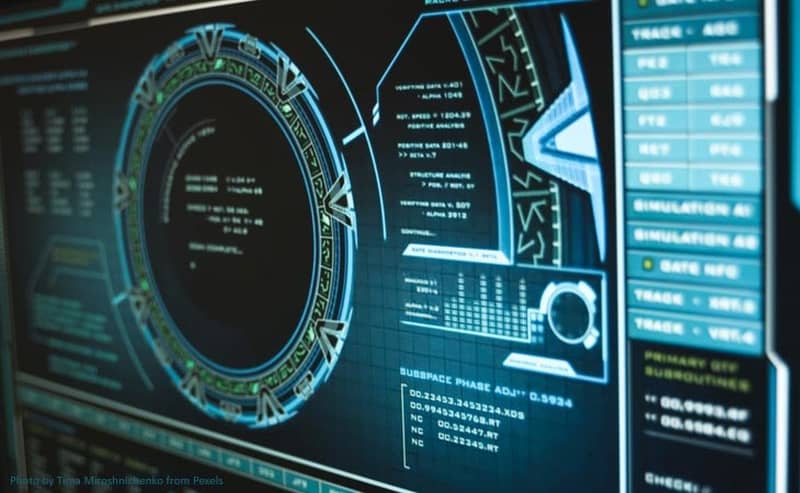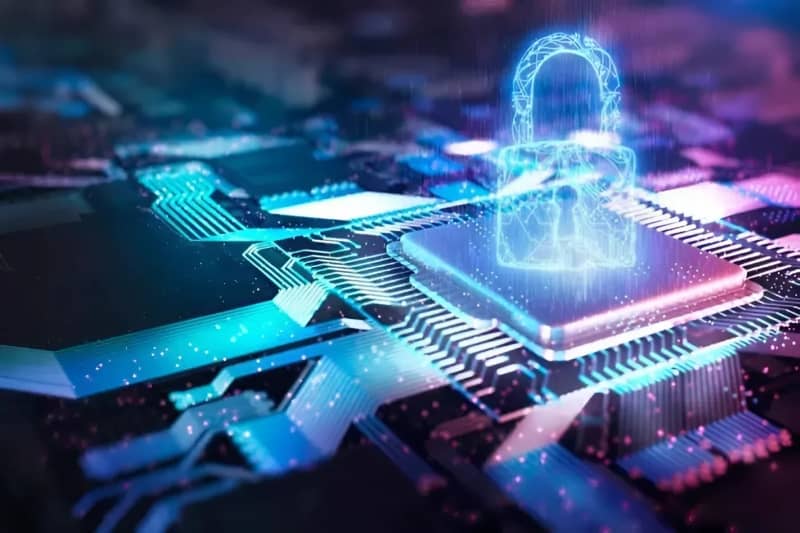AI-powered cybersecurity fortifies remote workspaces, leveraging cutting-edge threat detection, automated incident response, and intelligent risk management to safeguard distributed teams and sensitive data against evolving cyber threats.
The rapid shift to remote work has fundamentally altered the cybersecurity landscape. As organizations grapple with securing dispersed networks and protecting sensitive data across countless home offices, Artificial Intelligence (AI) has emerged as a critical tool in the fight against cyber threats. This technology is not just enhancing existing security measures; it’s revolutionizing how we approach cybersecurity in the digital age.
AI’s role in securing remote workspaces extends far beyond traditional security protocols. By leveraging machine learning algorithms and advanced data analytics, AI-powered systems can detect, predict, and respond to threats with unprecedented speed and accuracy. This capability is criticalin an environment where the attack surface has expanded exponentially, and conventional security perimeters have all but disappeared.
One of the key advantages of AI in cybersecurity is its ability to process and analyze vast amounts of data in real-time. In a remote work setting, where employees access company resources from various locations and devices, this capability is invaluable. AI systems can monitor network traffic, user behavior, and system logs across the entire organization, identifying patterns and anomalies that might indicate a security breach.
Staying Ahead of Threats with AI
AI’s predictive capabilities offer a significant advantage in the ongoing battle against cyber criminals. By analyzing historical data and current trends, AI systems can forecast potential future attacks and vulnerabilities. This foresight allows organizations to strengthen their defenses proactively, patching vulnerabilities and implementing additional security measures where they’re most needed.
In the context of remote work, predictive analytics can help identify which types of devices or software are most likely to be targeted, enabling IT teams to focus their efforts on the most vulnerable areas. This targeted approach is important when resources are stretched thin, and the potential attack surface is vast.
AI-powered predictive analytics can also help organizations prioritize their security efforts. With limited resources and an ever-expanding threat landscape, knowing where to focus defensive measures is essential. AI can provide insights into which assets are most at risk, allowing security teams to allocate their time and resources more effectively.
Automating Cybersecurity Incident Response
When a security incident occurs in a remote work environment, swift action is absolutely necessary to mitigate threats. AI excels in this area, offering automated incident response capabilities that can significantly reduce the impact of a cyber attack. AI-powered security systems can detect threats in real-time and initiate predefined response protocols without human intervention.
These automated responses might include isolating affected devices, revoking access credentials, or launching countermeasures against the attacker. By automating these initial response actions, AI can contain the threat and minimize damage while human analysts assess the situation and plan further steps. This rapid response is particularly valuable in a remote work context, where IT teams may not have immediate physical access to affected systems.

Enhancing User Authentication
Ensuring that only authorized users have access to sensitive company resources is a significant challenge in remote work environments. AI is revolutionizing user authentication, offering more sophisticated and reliable methods to verify user identities. Biometric authentication, powered by AI algorithms, is becoming increasingly prevalent in remote work setups.
Facial recognition, fingerprint scanning, and even behavioral biometrics (such as typing patterns or mouse movements) can provide a much higher level of security than passwords alone. AI systems can analyze these biometric inputs in real-time, comparing them against known user profiles to detect any anomalies that might indicate an impersonation attempt.
Multi-factor authentication (MFA) systems powered by AI can dynamically adjust the level of authentication as well, required based on the context of each login attempt. Factors such as the user’s location, device, and recent activity patterns are taken into account to determine the appropriate level of scrutiny.
AI-Driven Network Segmentation and Access Control
In a remote work environment, the traditional concept of a secure network perimeter is fast becoming blurred. AI is helping organizations adapt to this new reality by enabling more intelligent network segmentation and access control. By analyzing network traffic patterns and user behavior, AI systems can create dynamic, granular access policies that go beyond simple role-based access control.
These policies can be automatically adjusted in real-time based on factors such as the user’s location, device security status, and current threat landscape. This approach, often referred to as Zero Trust Architecture, ensures that users only have access to the specific resources they need, when they need them.
Network segmentation can also help contain potential breaches by limiting lateral movement within the network. If a remote worker’s device is compromised, the AI system can quickly isolate that device and restrict its access to other parts of the network, preventing the attack from spreading.
Continuous Security Awareness Training
While technological solutions are crucial, the human element remains a significant factor in cybersecurity. AI is transforming security awareness training, making it more effective and tailored to each individual’s needs. AI-powered training platforms can analyze an employee’s behavior and knowledge gaps to create personalized learning experiences.

These systems can simulate realistic phishing attempts and other common attack vectors, providing hands-on training in a safe environment. As employees interact with these simulations, the AI system learns from their responses and adjusts the difficulty and focus of future training sessions accordingly.
AI can provide ongoing, real-time security coaching to remote workers. For example, if an employee is about to click on a suspicious link or download an unverified attachment, an AI-powered security assistant could intervene with a warning and explanation of the potential risks. This just-in-time learning approach helps reinforce good security habits in the context of everyday work activities.
The Future of AI in Remote Workspace Cybersecurity
The role of AI in securing remote workspaces is set to expand even further in the coming years. Advanced natural language processing capabilities will enable more sophisticated threat intelligence gathering, allowing organizations to stay ahead of emerging cyber threats. AI-powered virtual security assistants will become more prevalent, offering remote workers instant access to security advice and support.
The integration of AI with other emerging technologies, such as 5G networks and the Internet of Things (IoT), will create new opportunities for enhancing remote workspace security. For example, AI could enable more sophisticated device fingerprinting and network behavior analysis, making it easier to detect and prevent unauthorized access attempts.
As remote work continues to be a significant part of the global business landscape, the importance of robust cybersecurity measures cannot be overstated. AI is not just a tool in this endeavor; it’s a game-changer, offering capabilities that were once the realm of science fiction. From predictive threat detection to automated incident response, AI is empowering organizations to protect their remote workers and sensitive data with unprecedented effectiveness.
AI-powered security systems are working tirelessly behind the scenes, analyzing, learning, and adapting to keep our remote workspaces safe. As we embrace the flexibility and opportunities of remote work, we can do so with the confidence that AI is watching over us, ready to defend against the cyber threats of today and tomorrow. The future of work is remote, and thanks to AI, it’s also more secure than ever before.




